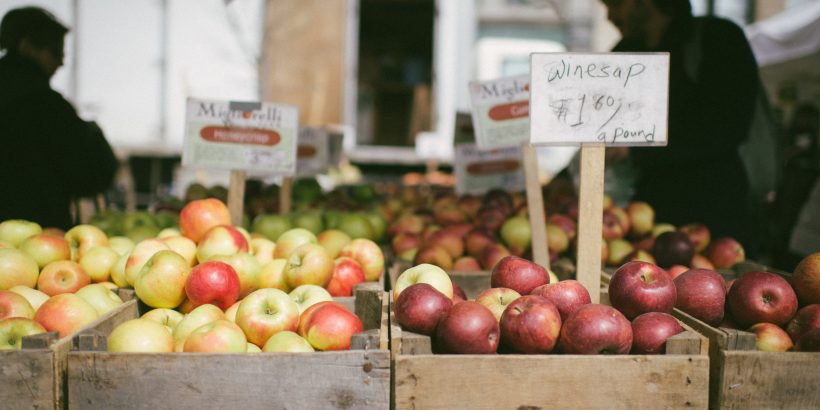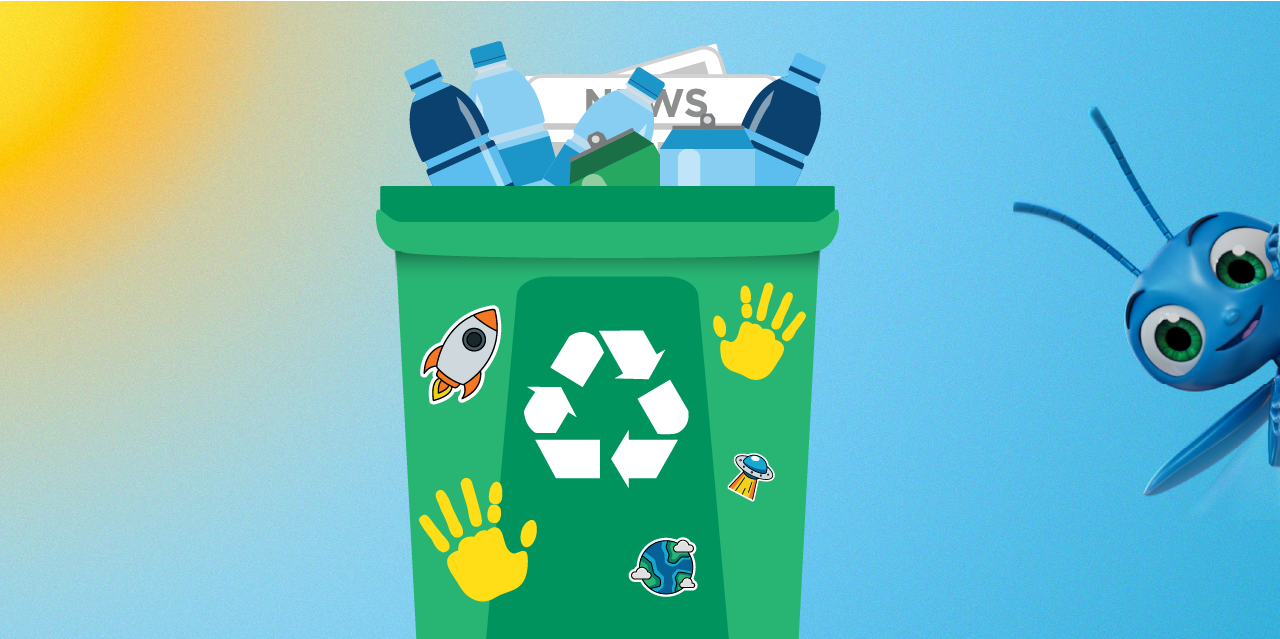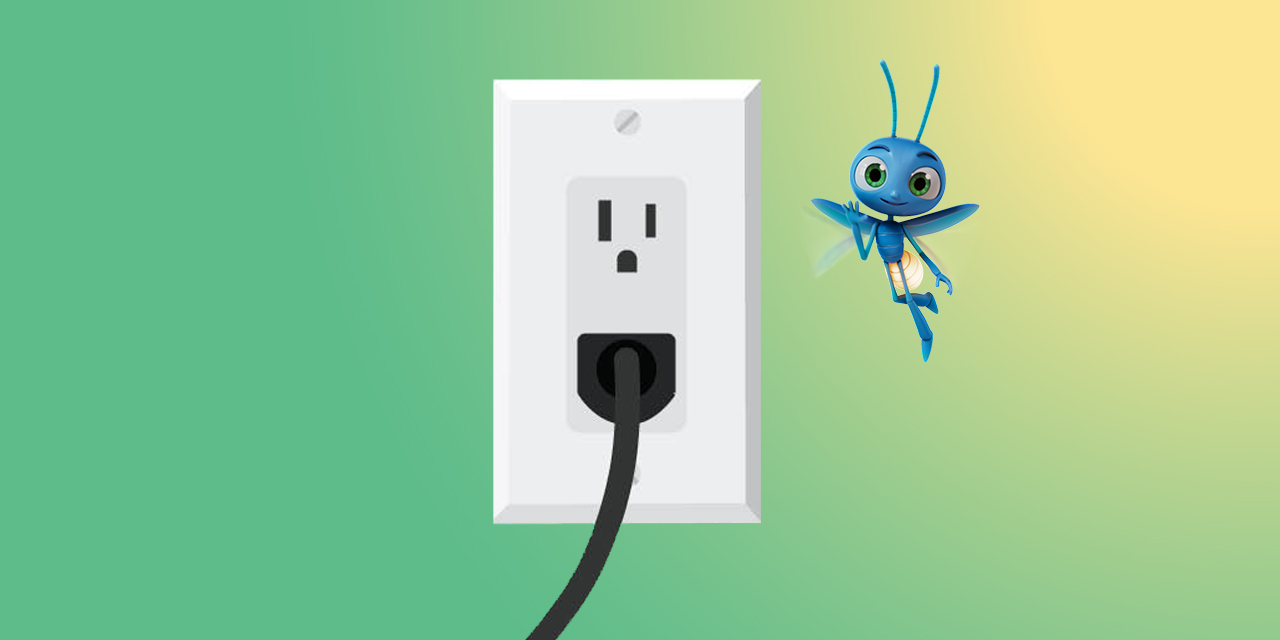Green Mountain Energy® Blog
Stop Food Waste in Your Home



Food waste occurs when consumable food is discarded or not eaten. According to the Environmental Protection Agency, 95% of the food we throw away ends up in landfills or combustion facilities. Your household can help cut down on methane gas emissions in landfills by becoming savvy when it comes to food waste.
Plan
- Make your grocery list with weekly meals in mind (remembering that you might eat out once or twice), and buy only what you need.
- Consider recipes that call for the same ingredients so that nothing goes to waste.
- Limit impulse purchases.
Store
- Learn which fruits and veggies stay longer when refrigerated or not (for example, apples go in the fridge once they’ve been out for 7 days, and garlic, onions and potatoes do best when they are stored at room temperature).
- Preserve by freezing, canning, pickling or drying.
- Pay attention to shelf life, expiration and sell-by (please don’t mistake this one for “best by”) dates.
Eat
- Consume food you already have in your pantry or fridge.
- Don’t let leftover portions of your meal go to waste. And hit the cookbooks for recipe ideas that call for your leftover ingredients.
- Ask for a to-go container if you don’t finish your meal at a restaurant (it can be lunch for the next day!).
There are big benefits to reducing wasted food, like saving money because shopping smarter will help you buy less food. And less energy and fewer resources will be needed thanks to a decrease in the supply chain needs (growing, manufacturing, transportation and selling). Donating surplus food that would have otherwise been tossed out can help those in need in your community.
Whether you decide to plan more, learn storing techniques or eat more efficiently, it all adds up and helps our environment. Living green benefits us all, so make a promise to protect the planet every day.
Find a renewable energy plan that helps your home go green.
Enter your ZIP code to get started.
Our customers have avoided
pounds of CO2
That’s like planting
new trees.





